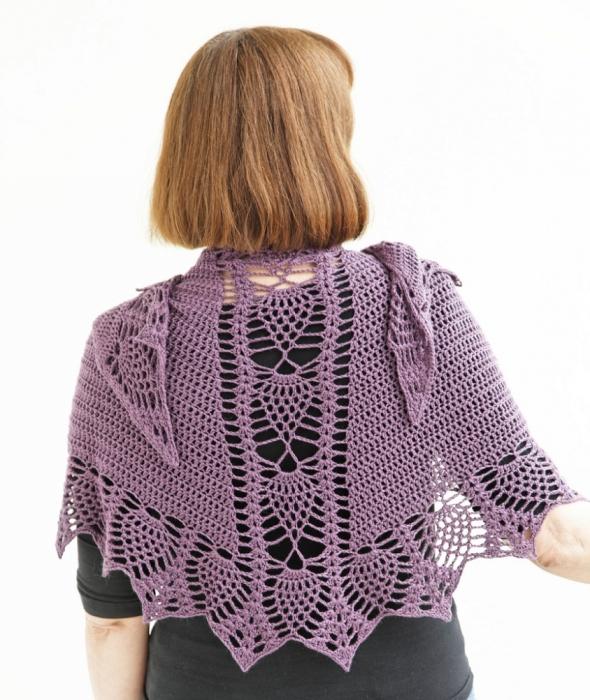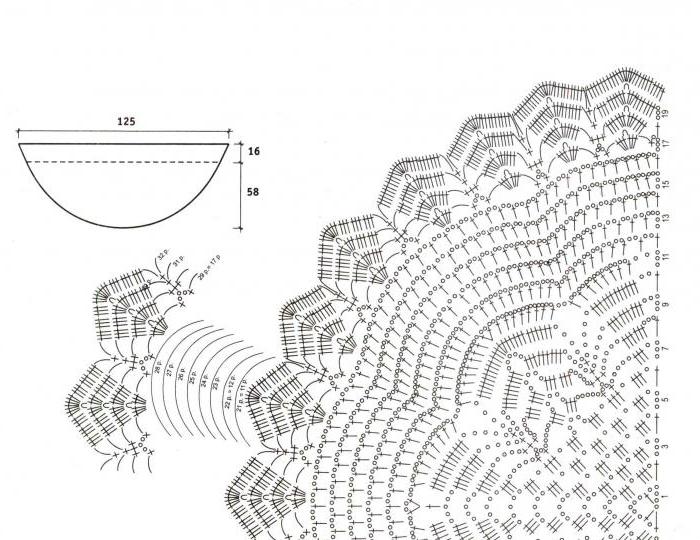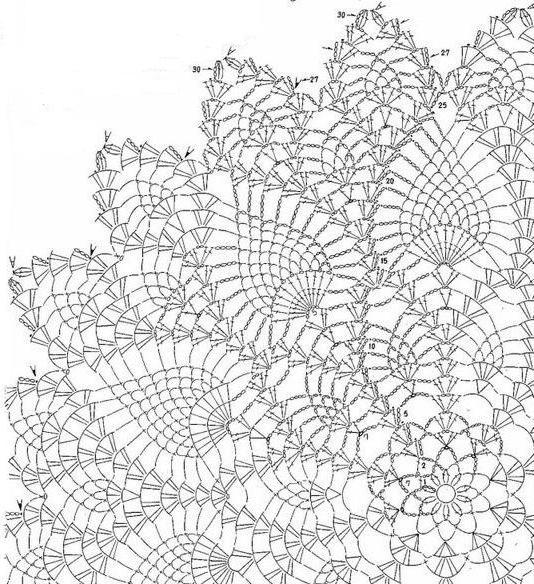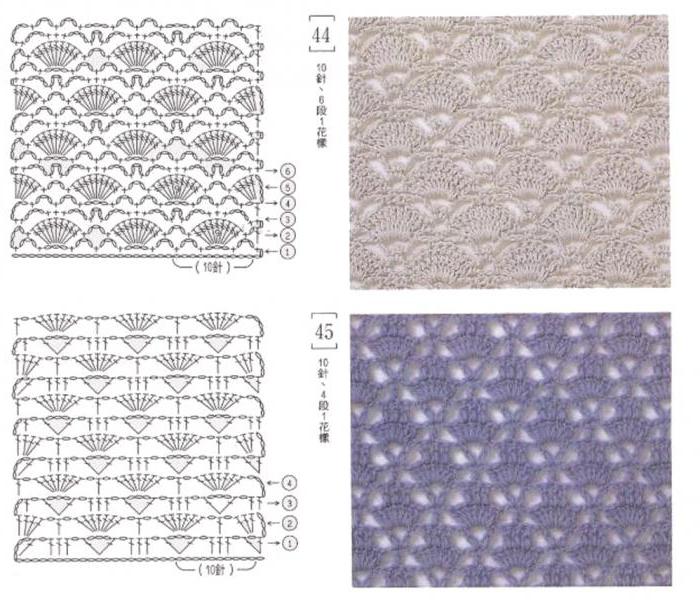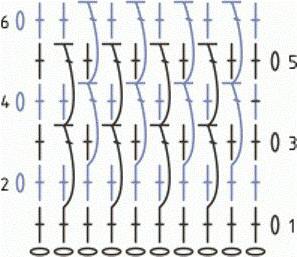Interesting two-color crochet pattern: scheme, description, application
Among all the variety of patterns thatare designed for crocheting, separate attention deserves two-color. They are suitable for creating a variety of clothing, interior decoration, children's toys and other crafts.
Tight and openwork pattern crocheted bicolour
There are solid and openwork patterns, each ofthey can be used for various purposes. Heavy linens are necessary if we are talking about knitting a coat, a winter hat, a bag, a lining on a stool or other similar products. The peculiarity of these patterns is that they do not contain air loops and do not shine through. That is, through the front side of the finished product will not be visible lining.
At the same time, an openwork pattern crocheted bicolourallows you to create a more plastic and soft cloth. It should be used when working on scarves, cardigans, plaids. Quite often masters prefer a combination of both types of bicolour patterns: for example, the top of the dress is knitted tight, and the lower edge is laced. This reduces the consumption of yarn and makes the finished product much easier.
Distribution of colors
First of all, you should pay attention to the selection of yarn. It is necessary, that the chosen shades were in harmony with each other: they were in the same color scale or contrasted.
Crochet two-color pattern assumes alternationtwo colors at certain intervals. If desired, you can perform any part of a single color (for example, add a second color only when making cardigan sleeves).
How to knit a delicate two-color linen
The two-colored pattern depicted below consists of only four rows, which form its rapport.


After the set of the VP chain, they begin knitting the first row:
- 1 VP of lifting, * 8 sc, 7 CCS in one loop of the base ("bush") *. Then you should continue the repetition of the algorithm.
- 1 VP, all the stitches are knitted without a crochet.
- 1 VP, 1 RLS, 1 "bush", * 7 RLS, 1 "bush" *.
- Spray the series in the same way as the second.
To form the canvas of the desired height, the knitter should repeat the ornament from the first to the fourth row.
Formation of a dense pattern
The following scheme is designed for three colors, but the craftsman can easily simplify it, replacing the gray shade with white or vice versa: knit only with a gray thread.

There is an element such as "crossed columns with a crochet". Their correct execution requires a certain skill, but with a certain experience, this is not very difficult.

Sequence of the element:
- Do the Cape.
- A loop is passed and a regular CCP is performed.
- Crochet into the loop and loop the half of the new CLS. In this case, the first SSN should be between the working loop and the thread.
- Complete the knitting of the second CLS, the first is inside it.
This method produces a kind of cross from the two CLOs. Such elements are included in many two-color patterns by hook, the schemes of which allow forming a wavy ornament.
</ p>>